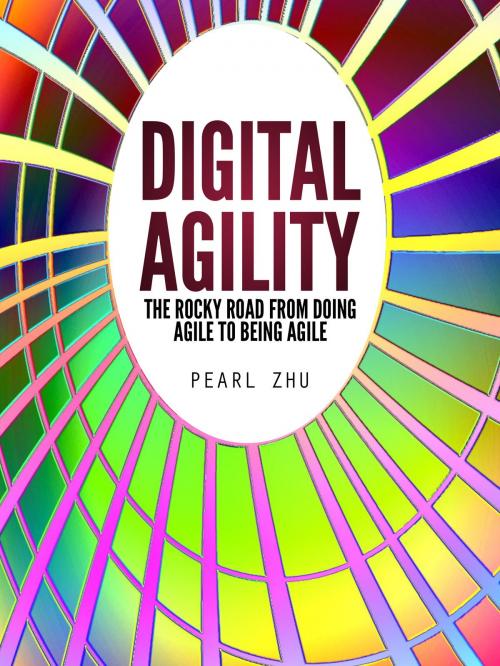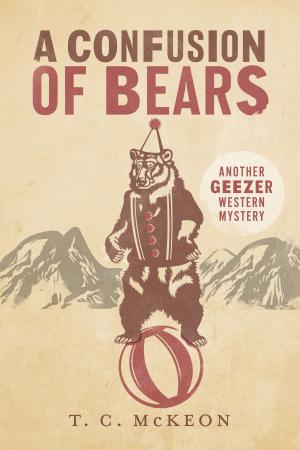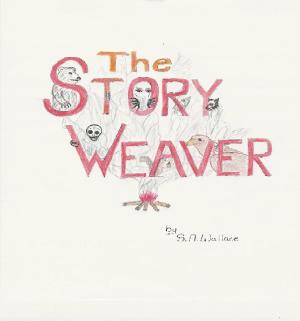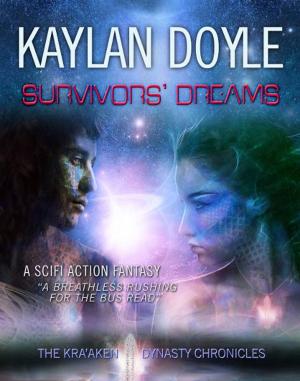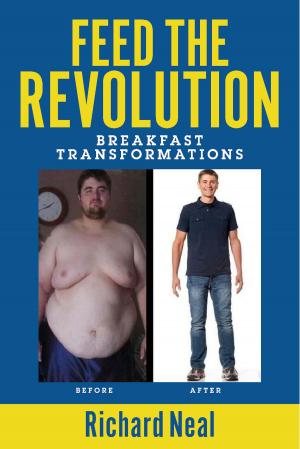Digital Agility
The Rocky Road from Doing Agile to Being Agile
Nonfiction, Science & Nature, Technology, Engineering| Author: | Pearl Zhu | ISBN: | 9781483572789 |
| Publisher: | BookBaby | Publication: | June 8, 2016 |
| Imprint: | BookBaby | Language: | English |
| Author: | Pearl Zhu |
| ISBN: | 9781483572789 |
| Publisher: | BookBaby |
| Publication: | June 8, 2016 |
| Imprint: | BookBaby |
| Language: | English |
The world is moving into the deep, deep digital new normal with wide, wide digital connectivity and tall, tall digital pillars. Agility is one of such powerful pillars to leap digital transformation and enable the business to unleash its full potential. Organizational agility is about to create and react to changes. It is about to take into account any change in the environment and transform the organization to survive, grow, and transform. It is about to respond to emergent events proactively. The purpose of the book “Digital Agility” is to: Share the insight about agile philosophy and mindsets Clarify a set of agile principles and disciplines Develop the best and next agile practices to scale up Describe potential agile pitfalls and how to prevent them Connect the agile dots to build a creative working environment Measure the right things about agile and measure them right Sum up agile maturity from multidimensional perspectives Inspire healthy debates to move agile up to the next level of maturity The term ‘Agile’ is derived from ‘The Manifesto for Agile Software Development’ which describes a collaborative way of working based on a set of twelve principles that has come to mean early delivery of business value. The problem is people do not have a profound understanding of Agile principles and philosophy behind a set of Agile framework or tools. Most of the times they use the word "agile" when in fact they are talking about agile software development. The best way to fail is thinking that you will implement agile inside a business unit without taking into account the whole enterprise. Agile needs to be the philosophy to perceive multidimensional business values. Make the effort at the leadership and portfolio level to qualify and quantify value in terms of both strategic value and tactical value; direct revenue and indirect (vision/values/culture) terms is the first step to crafting high-level strategic intents. When faced with two or more alternatives that deliver roughly the same value, take the path that makes future change easier. Once benefits of agile are visible and understood, a domino effect takes over, the organization as a whole becomes “agiler.” From “doing Agile to being agile” is a rocky road, not a straight path: Agile is direction, not a destination. Transforming to “Being Agile” means the business knows the direction they want to go on, and as people start “putting on” the agile mindset, discover new ways of working, collaborating, delivering value, they inspect and adapt in that journey by overcoming the frictions and challenges. You have to keep things rolling, to make agile not just a methodology to manage projects, but a principle instilled into a healthy culture to run the business more effectively. To move from Waterfall to Agile is not an act of one day. It is a journey. And as long as the journey is coming to a place where we can call the organization actually Agile, Waterfall and Agile do co-exist. Some organizations stop moving and remain in the hybrid state and some just turn back to go on the previous state of the waterfall and few actually reach the destination of the Agile world. So, hybrid organizations are the reality. Agile is neither just a methodology nor a set of practices, Agile is a state of mind. It’s the basic underlying principles of Agile! You can not expect big bang mindset change so you need to start with agile philosophy and some initial practices that pay off and reinforce, a mindset change is more difficult of a change and involves coaching, training, teaching and important discussions around what Agile is to the team, department, and company. Agile is first about doing right things before doing things right: Agile is about people and not tools and processes. Tools and processes are definitely going to be add on, in being agile, but they ar
The world is moving into the deep, deep digital new normal with wide, wide digital connectivity and tall, tall digital pillars. Agility is one of such powerful pillars to leap digital transformation and enable the business to unleash its full potential. Organizational agility is about to create and react to changes. It is about to take into account any change in the environment and transform the organization to survive, grow, and transform. It is about to respond to emergent events proactively. The purpose of the book “Digital Agility” is to: Share the insight about agile philosophy and mindsets Clarify a set of agile principles and disciplines Develop the best and next agile practices to scale up Describe potential agile pitfalls and how to prevent them Connect the agile dots to build a creative working environment Measure the right things about agile and measure them right Sum up agile maturity from multidimensional perspectives Inspire healthy debates to move agile up to the next level of maturity The term ‘Agile’ is derived from ‘The Manifesto for Agile Software Development’ which describes a collaborative way of working based on a set of twelve principles that has come to mean early delivery of business value. The problem is people do not have a profound understanding of Agile principles and philosophy behind a set of Agile framework or tools. Most of the times they use the word "agile" when in fact they are talking about agile software development. The best way to fail is thinking that you will implement agile inside a business unit without taking into account the whole enterprise. Agile needs to be the philosophy to perceive multidimensional business values. Make the effort at the leadership and portfolio level to qualify and quantify value in terms of both strategic value and tactical value; direct revenue and indirect (vision/values/culture) terms is the first step to crafting high-level strategic intents. When faced with two or more alternatives that deliver roughly the same value, take the path that makes future change easier. Once benefits of agile are visible and understood, a domino effect takes over, the organization as a whole becomes “agiler.” From “doing Agile to being agile” is a rocky road, not a straight path: Agile is direction, not a destination. Transforming to “Being Agile” means the business knows the direction they want to go on, and as people start “putting on” the agile mindset, discover new ways of working, collaborating, delivering value, they inspect and adapt in that journey by overcoming the frictions and challenges. You have to keep things rolling, to make agile not just a methodology to manage projects, but a principle instilled into a healthy culture to run the business more effectively. To move from Waterfall to Agile is not an act of one day. It is a journey. And as long as the journey is coming to a place where we can call the organization actually Agile, Waterfall and Agile do co-exist. Some organizations stop moving and remain in the hybrid state and some just turn back to go on the previous state of the waterfall and few actually reach the destination of the Agile world. So, hybrid organizations are the reality. Agile is neither just a methodology nor a set of practices, Agile is a state of mind. It’s the basic underlying principles of Agile! You can not expect big bang mindset change so you need to start with agile philosophy and some initial practices that pay off and reinforce, a mindset change is more difficult of a change and involves coaching, training, teaching and important discussions around what Agile is to the team, department, and company. Agile is first about doing right things before doing things right: Agile is about people and not tools and processes. Tools and processes are definitely going to be add on, in being agile, but they ar
